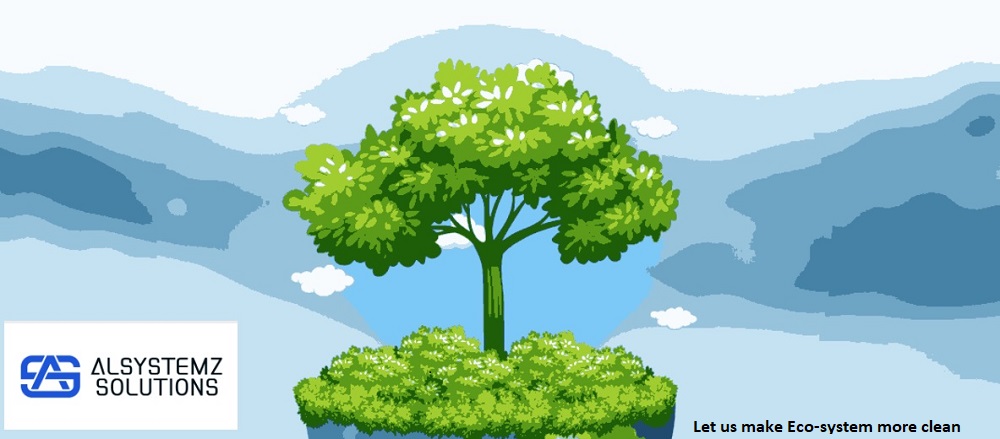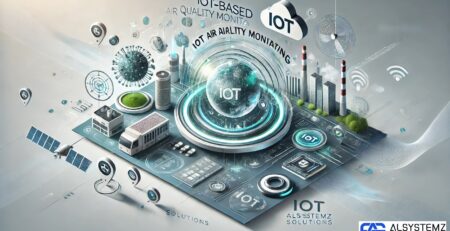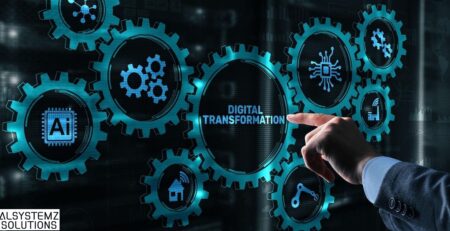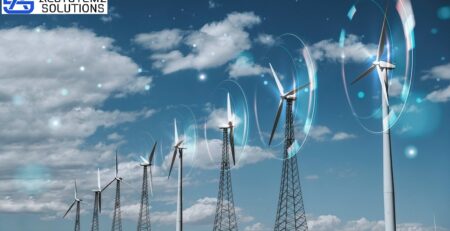Smart IIoT Systems for Zero Liquid Discharge ETP Plants
In an era where industrial sustainability is a growing priority achieving Zero Liquid Discharge (ZLD) has become a critical goal for industries worldwide. ZLD refers to a water treatment process where no liquid waste leaves the plant ensuring complete recycling and reuse of wastewater. While the concept promises environmental and regulatory compliance its implementation can be resource-intensive and complex. Enter the Industrial Internet of Things (IIoT)—a transformative technology that optimizes ZLD operations reduces costs and ensures long-term efficiency.
At Alstemz Solutions we are committed to advancing industrial sustainability by delivering cutting-edge IIoT solutions for Effluent Treatment Plants (ETPs). In this blog we explore how IIoT enables seamless ZLD operations addressing challenges and creating smarter greener industries.
Understanding Zero Liquid Discharge (ZLD) in ETPs
ZLD systems are designed to recover and recycle every drop of wastewater generated during industrial operations. The core components of a ZLD system include:
- Effluent Treatment Plants (ETPs):
- Remove contaminants from wastewater using biological chemical and mechanical processes.
- Evaporation and Crystallization Units:
- Separate water from dissolved solids recovering reusable water and disposing of solid waste.
- Reverse Osmosis (RO) Systems:
- Filter water at a molecular level further enhancing purity.
- Sludge Handling Systems:
- Manage and safely dispose of solid byproducts.
While effective these processes are resource-intensive requiring significant energy monitoring and skilled labor. This is where IIoT can revolutionize operations.
Challenges in Traditional ZLD Operations
- High Operating Costs:
- Energy-intensive processes like evaporation drive up costs.
- Complex Monitoring Requirements:
- Multiple parameters such as water quality flow rates and pressure require constant supervision.
- Inefficiencies in Resource Utilization:
- Manual operations often result in inefficiencies wastage or downtime.
- Compliance with Stringent Regulations:
- Meeting environmental standards necessitates accurate reporting and transparency.
How IIoT Enhances ZLD Systems
1. Real-Time Monitoring and Control
IIoT systems integrate sensors across the ZLD process to monitor critical parameters such as:
- Water Quality: pH levels turbidity and chemical composition.
- Flow Rates: Ensuring balanced input and output streams.
- Energy Consumption: Tracking the efficiency of high-energy equipment.
These sensors provide real-time data to a centralized platform enabling operators to monitor the entire ZLD system from a single dashboard.
2. Predictive Maintenance
Downtime in ZLD systems can disrupt industrial operations and increase costs. IIoT enables predictive maintenance by:
- Analyzing equipment performance data.
- Identifying potential issues before they escalate.
- Scheduling timely maintenance reducing unplanned outages.
3. Optimizing Energy Consumption
IIoT systems use advanced analytics to:
- Identify energy-saving opportunities in energy-intensive units like evaporators.
- Automate equipment operation based on demand minimizing wastage.
- Integrate renewable energy sources seamlessly into the ZLD process.
4. Automating Decision-Making
AI-powered IIoT platforms can:
- Automatically adjust treatment parameters based on real-time water quality.
- Switch processes on/off to optimize throughput.
- Provide actionable insights reducing dependency on human intervention.
5. Enhanced Compliance and Reporting
IIoT simplifies compliance with environmental regulations by:
- Automating data collection and logging.
- Generating detailed reports for audits.
- Ensuring transparent operations and accountability.
Key Benefits of IIoT-Driven ZLD Systems
- Increased Efficiency:
- Optimize resource usage and enhance system reliability.
- Cost Reduction:
- Reduce energy and operational costs with smart controls.
- Regulatory Compliance:
- Meet environmental standards effortlessly with automated reporting.
- Scalability:
- IIoT solutions grow with your operations accommodating future expansions.
- Improved Sustainability:
- Minimize water wastage and environmental impact contributing to corporate social responsibility goals.
IIoT Use Cases in ZLD ETP Plants
1. Chemical Manufacturing
A large chemical manufacturer implemented an IIoT-based ZLD system to recycle its wastewater. Smart sensors monitored chemical contaminants and optimized RO operations achieving:
- 95% water recovery.
- 30% reduction in energy consumption.
2. Textile Industry
In a textile dyeing unit IIoT enabled precise control of effluent treatment processes ensuring compliance with stringent water discharge norms. Dynamic monitoring minimized chemical usage saving costs and improving sustainability.
3. Power Plants
Thermal power plants often face challenges in handling high volumes of effluent. IIoT systems enhanced sludge management and water recycling processes reducing downtime and operational overhead.
Why Choose Alstemz Solutions for IIoT-Powered ZLD Systems?
At Alstemz Solutions we offer tailored IIoT solutions designed to address the unique challenges of ZLD operations. Here’s what sets us apart:
- Customized Sensor Networks:
- We deploy industry-specific sensors to ensure precise monitoring and control.
- Advanced Analytics:
- Our platforms use AI and machine learning to deliver actionable insights.
- Scalable Solutions:
- Start small and expand as your needs grow ensuring cost-effectiveness.
- Seamless Integration:
- Our systems integrate with your existing infrastructure minimizing disruptions.
- Expert Support:
- From installation to maintenance our team ensures a smooth implementation.
The Future of ZLD with IIoT
As industries continue to face growing water scarcity and stricter regulations the adoption of IIoT-powered ZLD systems is expected to rise. Future advancements may include:
- Blockchain for Compliance:
- Ensuring transparent and tamper-proof reporting.
- Autonomous Systems:
- Fully automated ZLD plants requiring minimal human intervention.
- Enhanced AI Integration:
- Enabling self-optimizing operations based on predictive algorithms.
Conclusion
Achieving zero liquid discharge is not just about regulatory compliance; it’s about driving sustainable industrial growth. With IIoT industries can make ZLD systems smarter more efficient and cost-effective. At Alstemz Solutions we are proud to lead this transformation helping businesses reduce their environmental footprint while boosting operational efficiency.
Ready to make your ZLD operations smarter and more sustainable? Contact Alstemz Solutions today to explore our IIoT-powered solutions tailored for your needs.








Leave a Reply